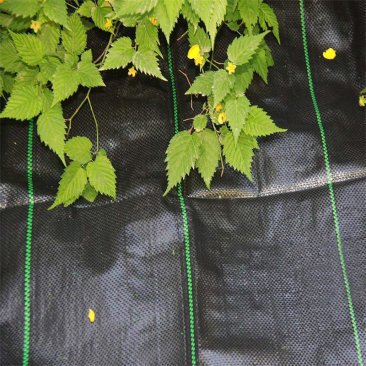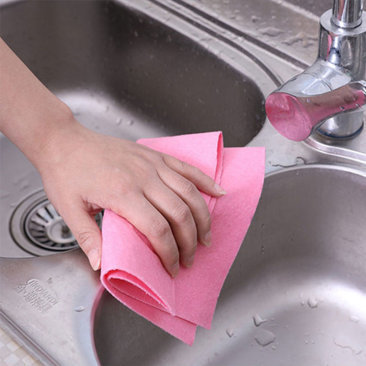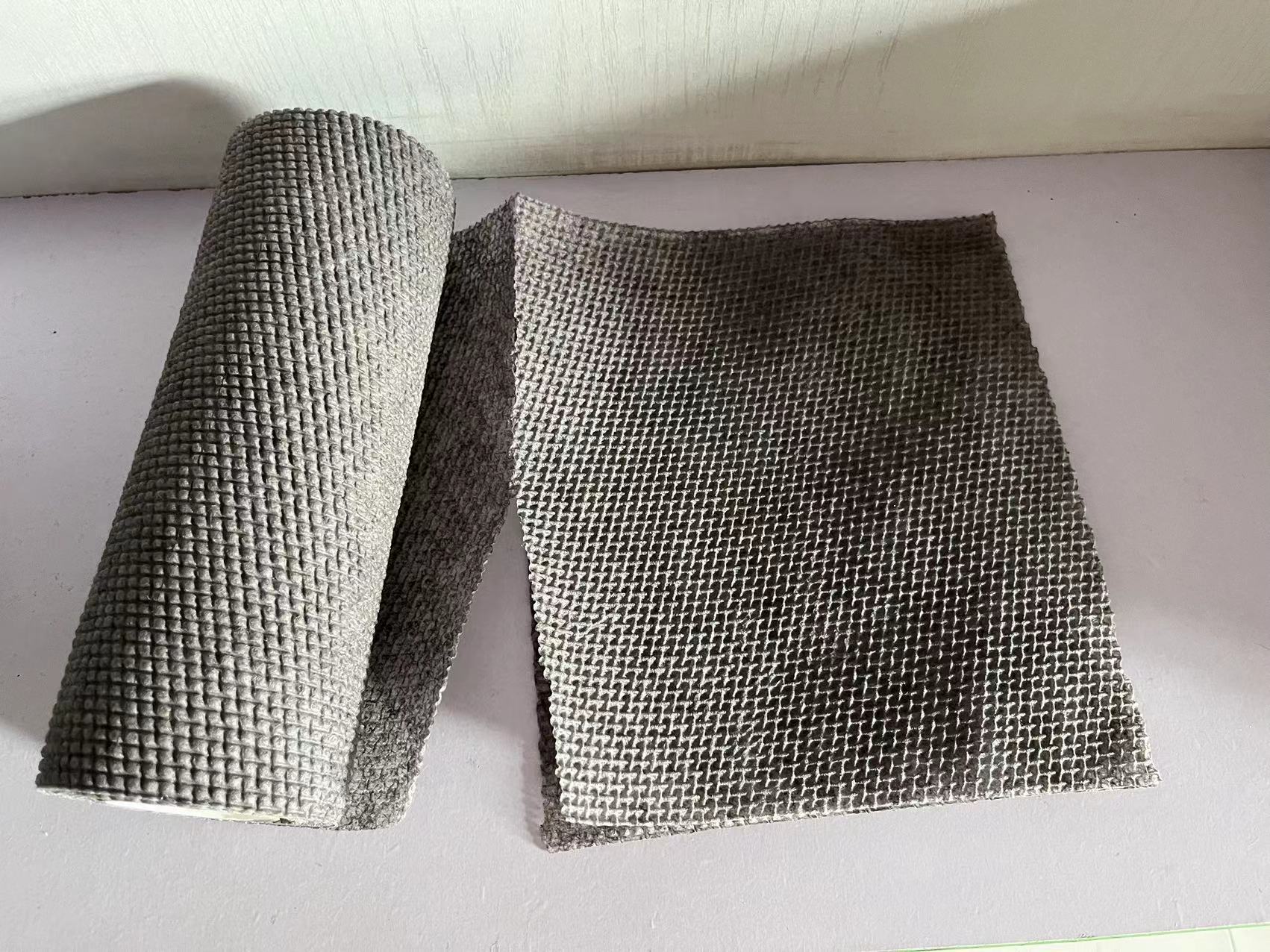20
2025
-
05
Achieving Effective Soil Stabilization Using Woven Ground Cover Fabric
Achieving Effective Soil Stabilization Using Woven Ground Cover Fabric Table of Contents 1. Introduction to Soil Stabilization 2. Understanding Woven Ground Cover Fabric 3. Benefits of Using Woven Ground Cover Fabric for Soil Stabilization 3.1. Erosion Control and Prevention 3.2. Improved Soil Structure 3.3. Cost-Effectiveness 4. Types of
Achieving Effective Soil Stabilization Using Woven Ground Cover Fabric
Table of Contents
- 1. Introduction to Soil Stabilization
- 2. Understanding Woven Ground Cover Fabric
- 3. Benefits of Using Woven Ground Cover Fabric for Soil Stabilization
- 3.1. Erosion Control and Prevention
- 3.2. Improved Soil Structure
- 3.3. Cost-Effectiveness
- 4. Types of Woven Ground Cover Fabrics
- 4.1. Polypropylene Fabrics
- 4.2. Polyester Fabrics
- 5. Applications of Woven Ground Cover Fabric in Soil Stabilization
- 5.1. Construction Sites
- 5.2. Landscaping Projects
- 6. Best Practices for Using Woven Ground Cover Fabric
- 6.1. Site Preparation
- 6.2. Installation Techniques
- 7. Maintenance and Longevity of Woven Ground Cover Fabric
- 8. FAQs About Soil Stabilization and Woven Ground Cover Fabric
- 9. Conclusion
1. Introduction to Soil Stabilization
Soil stabilization is a critical aspect of construction and landscaping that aims to enhance the load-bearing capacity and durability of soil. This process involves various techniques and materials to increase soil strength, reduce shrink-swell potential, and mitigate erosion. In modern construction practices, woven ground cover fabric has emerged as a highly effective solution for achieving soil stabilization. This article delves into the intricacies of woven ground cover fabric, outlining its benefits, applications, and best practices for optimal results.
2. Understanding Woven Ground Cover Fabric
Woven ground cover fabric is a durable, permeable textile typically made from synthetic materials like polypropylene or polyester. These fabrics are engineered to allow water and air to permeate while also providing a physical barrier against soil erosion. Unlike traditional mulch or non-woven fabrics, woven ground cover offers enhanced durability and longevity, making it ideal for various soil stabilization applications.
3. Benefits of Using Woven Ground Cover Fabric for Soil Stabilization
When it comes to soil stabilization, the advantages of woven ground cover fabric are manifold. Below, we explore some key benefits that make it a preferred choice for builders and landscapers alike.
3.1. Erosion Control and Prevention
One of the primary benefits of woven ground cover fabric is its ability to control and prevent soil erosion. By providing a stable surface layer, it reduces the impact of rainfall and surface runoff on exposed soil, thus protecting it from washing away. This is particularly vital in sloped or graded areas where soil erosion is a significant concern.
3.2. Improved Soil Structure
Woven ground cover fabric aids in improving soil structure by promoting healthy drainage and preventing soil compaction. The fabric allows for water infiltration while simultaneously reducing surface runoff. This balance helps maintain optimal moisture levels in the soil, which is crucial for plant growth and soil health.
3.3. Cost-Effectiveness
In terms of cost-effectiveness, woven ground cover fabric presents a long-term solution for soil stabilization. While the initial investment may be higher compared to other stabilization methods, the durability and longevity of the fabric often lead to lower maintenance costs over time. Additionally, the prevention of erosion minimizes the need for frequent soil replacement or repairs.
4. Types of Woven Ground Cover Fabrics
Not all woven ground cover fabrics are created equal. Understanding the different types available can help in selecting the most suitable option for your specific project needs.
4.1. Polypropylene Fabrics
Polypropylene woven fabrics are known for their strength and resistance to UV degradation, making them ideal for outdoor applications. Their high tensile strength allows them to withstand heavy loads, making them suitable for construction sites and areas with vehicular traffic.
4.2. Polyester Fabrics
Polyester woven fabrics offer excellent resistance to moisture and chemicals, making them suitable for agricultural applications. These fabrics are also highly durable, providing reliable soil stabilization in various environmental conditions.
5. Applications of Woven Ground Cover Fabric in Soil Stabilization
The versatility of woven ground cover fabric makes it applicable in various industries. Below are some of the most common applications:
5.1. Construction Sites
In construction, woven ground cover fabric is often used to stabilize soil during excavation and grading activities. It helps prevent erosion around foundations and keeps the site organized by minimizing sediment runoff into nearby waterways.
5.2. Landscaping Projects
In landscaping, woven ground cover aids in creating a stable foundation for planting beds and garden paths. It helps control weed growth while promoting healthy drainage, ensuring that plants receive the necessary nutrients and moisture.
6. Best Practices for Using Woven Ground Cover Fabric
To maximize the benefits of woven ground cover fabric, it’s essential to adhere to best practices during installation and maintenance.
6.1. Site Preparation
Prior to installation, thorough site preparation is essential. This includes clearing the area of debris, rocks, and vegetation to ensure the fabric lies flat against the soil surface. Proper grading may also be necessary to enhance drainage and prevent pooling.
6.2. Installation Techniques
When installing woven ground cover fabric, ensure that it overlaps by at least 12 inches at seams to provide a continuous barrier. Secure the fabric with stakes or pins to prevent movement during heavy rain or high winds. Additionally, consider applying a layer of mulch on top of the fabric to enhance aesthetics and further reduce weed growth.
7. Maintenance and Longevity of Woven Ground Cover Fabric
To ensure the longevity of woven ground cover fabric, regular maintenance is crucial. Inspect the fabric periodically for signs of wear or damage. In areas with heavy foot traffic or exposure to harsh weather conditions, it may be necessary to replace sections of the fabric or reinforce it with additional layers.
8. FAQs About Soil Stabilization and Woven Ground Cover Fabric
8.1. How long does woven ground cover fabric last?
Woven ground cover fabric can last between 5 to 20 years, depending on material quality and environmental conditions.
8.2. Can woven ground cover fabric be reused?
Yes, woven ground cover fabric can be reused if it is still in good condition and free from significant damage.
8.3. Is woven ground cover fabric biodegradable?
No, most woven ground cover fabrics are made from synthetic materials, which are not biodegradable. However, they are designed to be durable and long-lasting.
8.4. Does woven ground cover fabric prevent weed growth?
While it does not completely eliminate weed growth, woven ground cover fabric significantly reduces it by blocking sunlight and preventing seed germination.
8.5. Can woven ground cover fabric be used in wet conditions?
Yes, woven ground cover fabric is designed to allow water to permeate while stabilizing the soil beneath, making it suitable for wet conditions.
9. Conclusion
In conclusion, woven ground cover fabric is a versatile and effective solution for soil stabilization in various applications, from construction to landscaping. Its ability to control erosion, improve soil structure, and provide long-term cost savings makes it an essential material in modern building practices. By following best practices for installation and maintenance, we can maximize the effectiveness of woven ground cover fabric, ensuring the stability and health of our soil for years to come. Embracing this innovative material not only enhances project outcomes but also contributes to sustainable practices in soil management.
woven ground cover fabric












